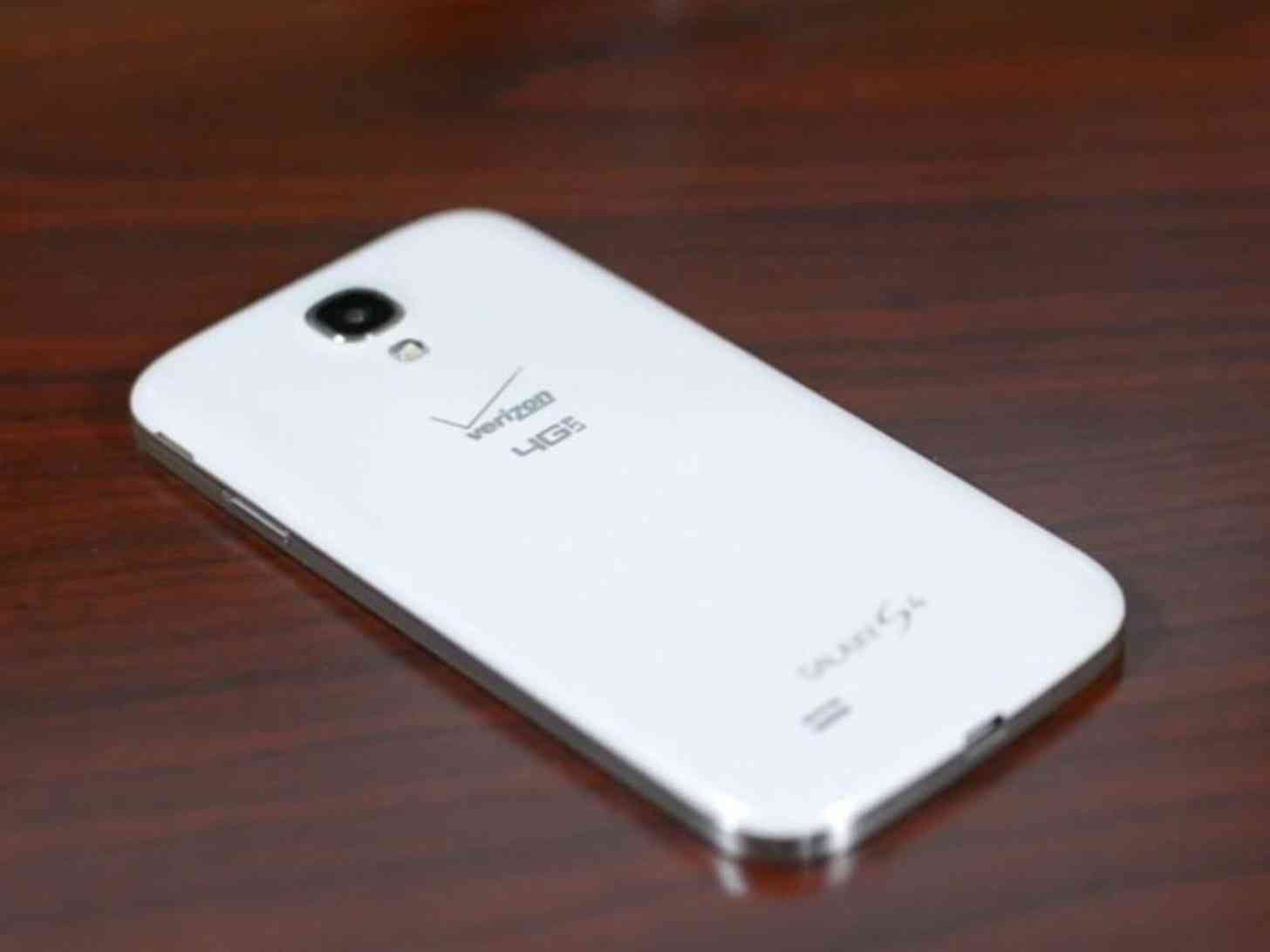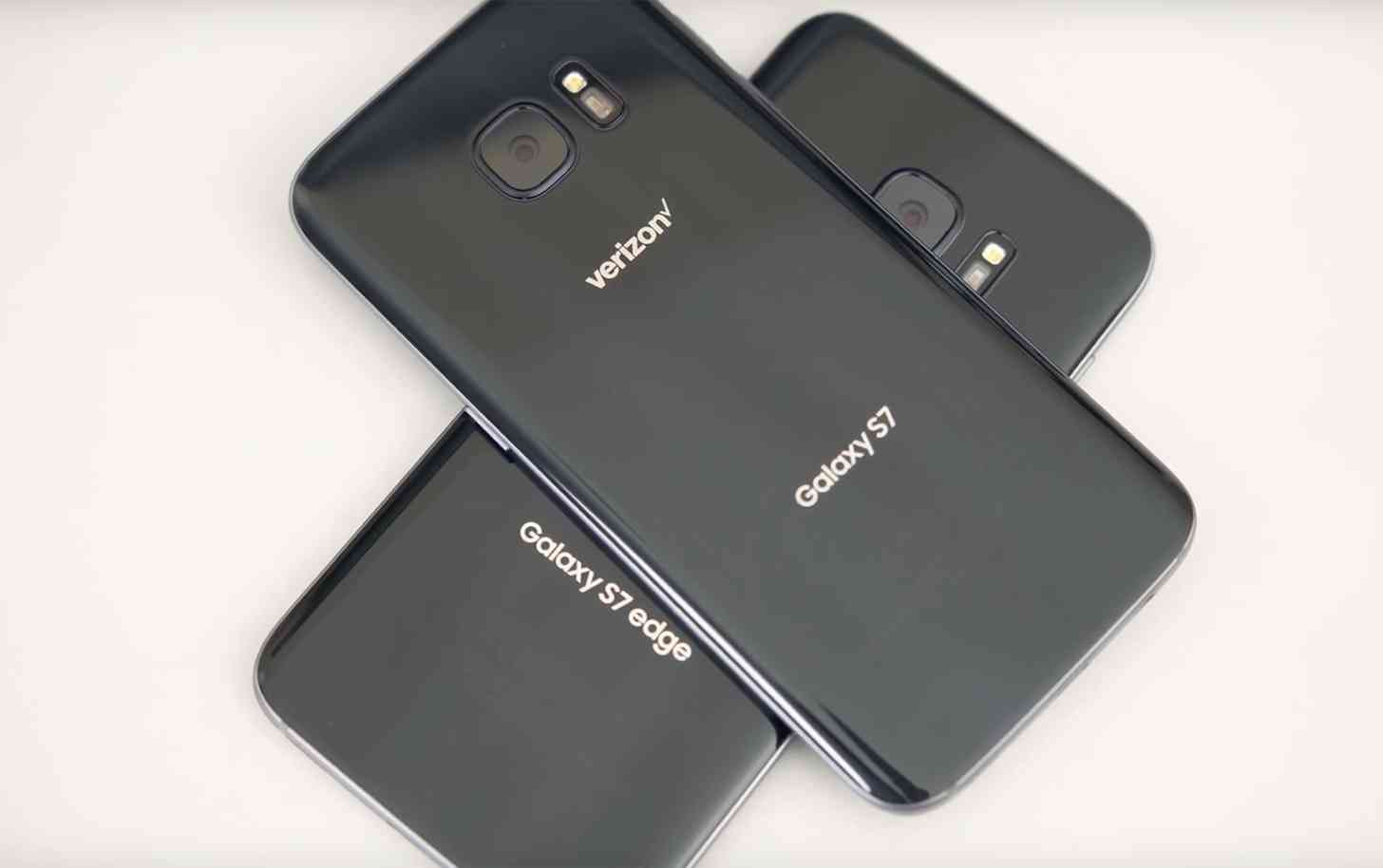
It’s well known that John McAfee, creator of the famous McAfee antivirus software, loathes the software he created. Similarly, John Sylvan, one of the creators of the K-cup system, regrets the role he played in creating the un-recyclable product that is still widely in use today. Although on a much smaller scale, I too have regrets, one of which is that I frequently denounced the use of plastic polycarbonate housing in smartphones.
In the grand scheme of things, I’m a nobody, so the things that I praise and denounce aren’t typically something that affects anything on a grand scale. Yet, I still feel a sense of guilt when it comes to where flagship smartphones were a few years ago compared to where they are now. A few years ago, it was still acceptable for flagships to use polycarbonate plastic to house their smartphones; today, it’s aluminum, glass, or bust.
I remember using words like “cheap”, “tacky”, and “the opposite of premium” to discuss flagships that used polycarbonate. I was particularly harsh towards Samsung, especially after HTC unveiled the HTC One M7 with its aluminum unibody design. A landmark device for Android in my opinion, the HTC One M7 showed users that Android could be just as premium as the iPhone. Samsung, on the other hand, became a humdrum boring and cheaply made alternative to the superiority of HTC. Aluminum was so 3008; plastic was so two thousand and late. I wrote a couple of articles stating that Samsung should move on to a more premium build, and would frequently sprinkle my opinions on the matter in other articles.
The Galaxy S5 remains the most vivid in my memory to my criticisms, mocking not only its plastic exterior, but also its bandage-like texture. Although I still maintain that the texture was a poor choice, the fact that they used polycarbonate yet again perhaps should not have been held against them. The following year, Samsung would debut the Galaxy S6, which featured a complete redesign that included a glass back.
Whoops.
I figured it was an experimental thing. While I can agree that glass backs look nice (from afar), they’re useless when it comes to protection. The adrenaline rush that comes when your phone lands face-down on the ground after a drop was now doubled. Surely, the cons would outweigh the pros by the next generation.

Okay, so the Galaxy S7 features the same glass back. No biggie. Samsung’s just trying to keep things consistent for a while. I can respect that.
Alright, so clearly we’re in “This isn’t a phase, Mom” territory. Not only is Samsung sticking with the glass back, but other manufacturers are starting to think it’s a good idea, too. HTC, for example, recently opted to use “3D glass” in both its U Ultra and U 11 devices. While 3D glass is allegedly stronger than your run-of-the-mill glass, until somebody comes along boasting that their phone is made from bulletproof glass, I’m not sure any use of glass on the back of a device will sway me to think it’s a particularly good idea.
I’ve owned phones with glass backs. The only phones I have ever broken have been because of glass. Phones I’ve owned made out of polycarbonate or aluminum may have become scuffed, scratched, dented, or otherwise blemished in some way, but never broken, and I felt comfortable enough with these devices to use them without a case. I will never be without a case - and a good one, at that – for phones with glass backs, which makes me wonder why I even bother to buy them in the first place. Sure, the Galaxy S7 Edge is beautiful, but nobody can tell because it’s now covered up with a huge protective case, a necessity to preserve its quality. At least with a phone that has just about anything but glass on the back, a simple bumper would suffice to help protect the screen from drops.
Basically, I regret being so arrogant about polycarbonate builds. Maybe it feels cheap, and maybe it isn’t premium, but I would take that over the heightened feeling of fear I have when holding a phone made almost entirely of glass.
